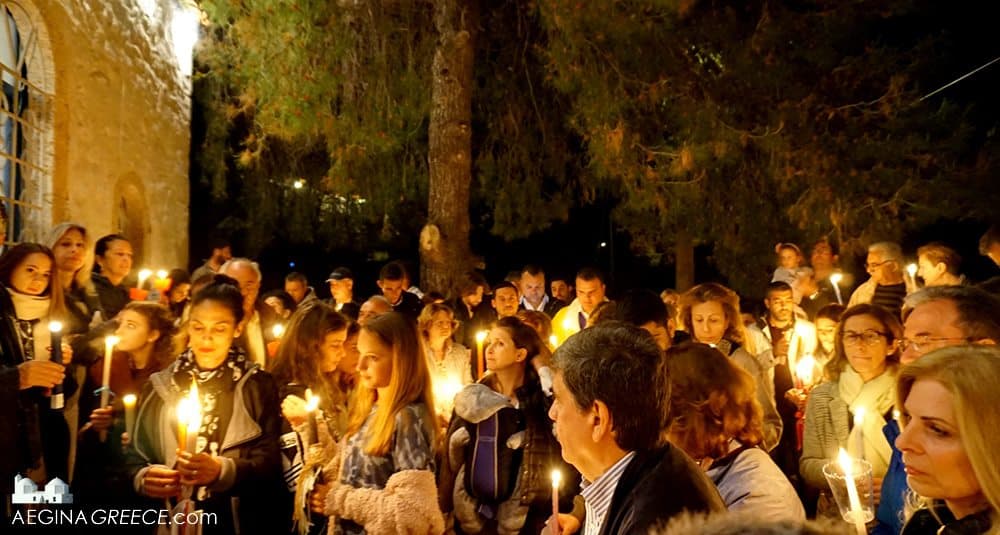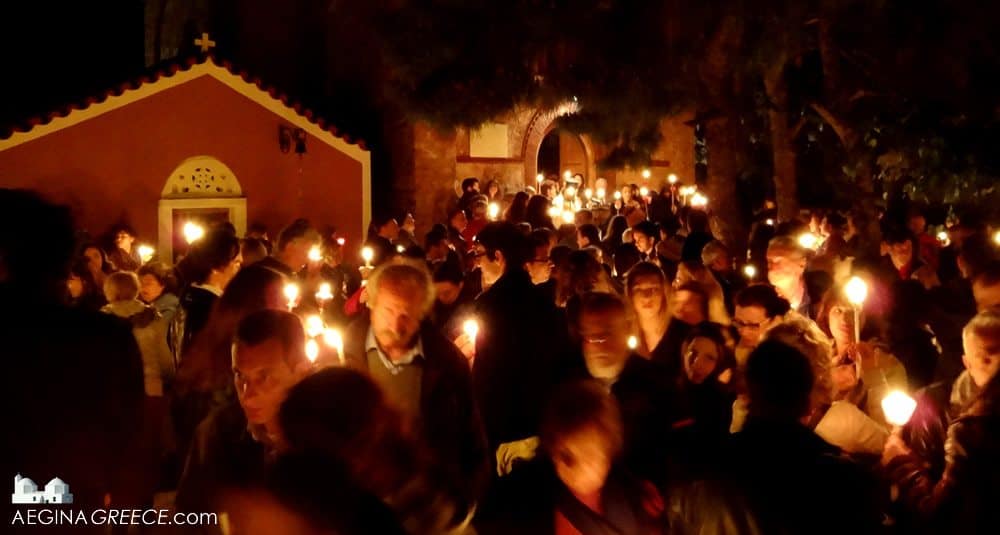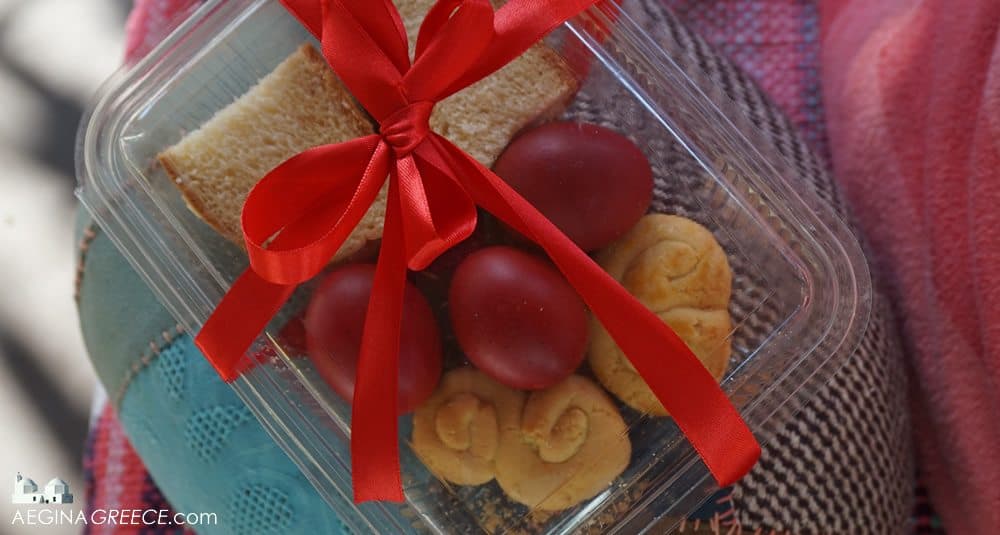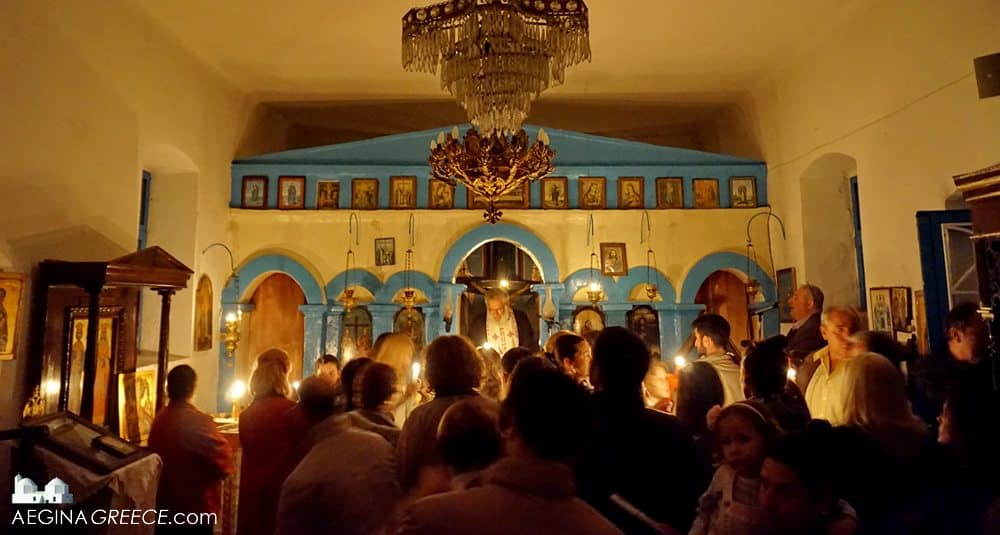Celebrate Easter the Greek way
Greeks worldwide are preparing to celebrate their pascha or Greek Orthodox Easter. Considered the most important holiday on the Greek calendar, Orthodox Easter’s uniqueness lies more in the week leading up the event rather than the actual religious holiday.
What are the rituals of the Orthodox Holy Week?
On Good Friday, anyone visiting a Greek Orthodox church in Greece or Cyprus (or even in the Unites States, United Kingdom or other countries with a large orthodox community) after midday, hoping to find a service talking place will be disappointed. Two lengthy services, the second commemorating the Descent from the Cross (often translated directly from the Greek – apokathilosi – as “the unnailing”) will have been held in the morning, and only the flower-decked bier of Christ – epitafios – remains in the church waiting to be carried around the parish and later in the evening the village or town.
The impressive procession is indeed often the first sign of Easter noticed by most tourists in Greece, and although awe-inspiring, with candles flickering in the dark streets, it lacks the drama of the preceding services inside the church. Visitors are most welcome to attend services – each lasts for at least three hours – but should observe that tradition dictates (mostly in remote Greek villages) that men stand on the right and women on the left or in the gallery (from which incidentally, the best view can be had).
Thursday
On the previous evening, Thursday, while other Christian churches would be observing the cleansing of the feet, the Greeks are already re-enacting the crucifixion. Half-way through the service of prayers and reading from the Gospels (at about 9 pm) tension mounts as a life –sized figure of Christ on the cross is brought in and erected in the centre of the church. Girls bring wreaths of flowers which are hung on the arm of the cross and stacked at it base, and the faithful come up to kiss Christ’s feet and the nearby icon of His mourning mother which is frame in sweet-smelling flowers.
Good Friday
On the morning of Good Friday – Megali Paraskevi – a similar service reaches its climax at about 10:30 am when the nails are knocked out of the hands on the cross and the body of Christ is wrapped in a white cloth and carried into the sanctuary by the priest, who later returns bearing aloft a heavy cloth depicting Christ in the toms. This is taken around the church in procession and the lamenting congregation sprinkles it with rose water. In a galleried church a rain of flower petals falls as the cloth pass below.
It is then placed on an ornate canopied bier, thickly encrusted with flowers, set up under the empty cross which now holds only the crown of thorns and a purple sash. The devout file past and lean inside to kiss the gospel and an icon, also now smothered in sweet-smelling flowers, usually stocks and lilies.
In the evening, after another service, each parish makes up a procession and carries its epitafios around the town escorted by young girls carrying wreaths and youths with various banners and church ornaments, flowed by the flock holding lit beeswax candles (white candles are reserved for the Anastasi and Easter Day). Processions from all the churches whether in a village or small town, will converge at one spot where all present pray together before returning to heir own churches.

Holy Saturday
Holy Saturday is a day of expectation. The housewives finish baking bread decorated with the red eggs (dyed on Thursday) which symbolize the blood of Christ as well as new life after Resurrection. They also prepare the trademark soup of lamb’s entrails (magiritsa) to be eater after the midnight service (anatasi), while still observing a rigorous fast.
On Good Friday the traditional food is billed vegetables or lentils with vinegar. Devout Orthodox will have abstained from meat for the 50 days of Lent, and on Wednesdays and Fridays from milk, cheese and yoghurt as well. Thus by Holy Week, the only food left to give up is olive oil, which is replaced by sesame seed oil in tahini and the sweet halvas.
In the countryside the wholesale slaughter of lambs is only too evident and in the towns and villages men are buying charcoal, a new spit for the barbecue and the whole lamb or kid.
’Christos Anesti’
All the churches are packed for the Saturday evening Resurrection service, and those who come late crowd around outside carrying their unlit white candles. At about 11:40 pm all lights are put out and candles extinguished as the priest appears at the central “royal” door of the sanctuary with the new Easter flame, a triple candle. From his the candles of the congregation are lit and passed from one to another until the church is ablaze, and a river of light pours out of the doors and spreads rapidly through the streets. (The symbolism of the one flame is sometimes ruined nowadays by someone impatiently and thoughtlessly lighting his candle with a cigarette lighter.)

The priest then emerges and ascends a platform to read a Gospel passage until exactly midnight, “Christos Anesti” (Christ is Risen) he cries, and the faithful respond: “Alithos Anesti” (Truly He is Risen) amid ringing bells and snapping fire-crackers. In harbour towns the hooting of ships’ sirens adds to the din. Families and friends kiss one another and exchange the Easter greeting in an atmosphere of relief from the pent-up emotions of the previous few days. Even non-church –goers are caught up in the general euphoria.
They carry the new flame, sometimes shielded in a paper lantern, to light the family icon lamp and to smoke a cross over the lintel of the front door. Then they sit down to a supper of magiritsa with salad and cheese, fresh bread and red eggs, although some members of the family may have stayed at church to take Holy Communion in the early hours of Easter morning. Other, more popular time to take communion are on Saturday, Thursday or the first Resurrection, when the bier is dismantled and the flowers scattered around the church.
A chance to get away
Everyone who possibly can usually return to his village or goes to the countryside for the Easter holiday, but one can also find memorable services in Athens held at the Athens Cathedral, attended by civic Dignitatires, and at St George’s at op Lykavittos Hill.

Easter Sunday
Easter Sunday dawns on a huge picnic scene: practically every family in the country is roasting a lamb out of doors, many over an open pit of glowing charcoal. Neighbours and passers-by come in to sample the mezedes or titbits of liver (kokretsi), eggs, salad and brad with wine or beer, and the first browned slices of lamb hot from the spit.
The red eggs are cracked in a kind of competition, one end against another held in a closed fist, with the bearer of the unbroken egg being the winner, as in the game of conkers. Occasionally they break all to easily, somehow having failed to become hard-boiled, leaving an indelible impression on the competitor’s best clothes, Loud music accompanies the feasting and dancing which flows in the afternoon and continues on the next day. A service of love – agapi – is held in the churches, when red eggs are handed out to the congregation.
Monday After Easter
There is traditional dancing & music next to the Stavros Church (the white church next to the road) at Paleachora. Starts at 11:00 when the weather is good.
Text by the late Anne Yannoulis †
Booking.com


